We have a ticking time bomb and we are racing against the clock to diffuse it!
Growing conflicts and climate change are creating more hurdles in this race against time to save lives. If you are engaged in or work closely with the WASH (Water, Sanitation & Hygiene) sector, you know what the possible impact of this ‘bomb’ is. Diarrhoea is a leading cause of high child mortality, accounting for approximately eight per cent of all deaths among children under age five worldwide in 2016 (UNICEF[i]). We know these numbers and behind these numbers are human tragedies. Sadly, most of these tragedies could have been avoided.
Unfortunately, the main reason for high diarrhoea related incidents that continue to exist even today is that 4.5 billion people live without a safe toilet and 892 million people still practise open defecation globally. SDG 6.2 targets that everyone has a safe toilet and that no-one practises open defecation by 2030 and failure to achieve this risks the entire 2030 Agenda for Sustainable Development.
In order to discuss this topic further, we live-streamed our third episode of CLTS Ignite Talks with Dr Kamal Kar, Founder of CLTS Foundation on 26th February 2019. This chat discussed various themes and aspects of the developing world in general and the ever-evolving WASH sector in particular. The timing of the session was significant as it came close on the heels of the recently concluded Africasan5, which is the biggest engagement for water and sanitation actors in the African continent and beyond. Post-Ignite Talks 3, the CLTS Foundation team has carefully curated some insights about the new milestones and challenges in the WASH sector that can be expected in the coming year.
Back in 2013, the ex-chief of UNICEF(WASH programme) said, “If 90 school buses filled with kindergartners were to crash every day, with no survivors, the world would take notice. But this is precisely what happens every single day because of poor water, sanitation and hygiene.”
The recently concluded AfricaSan5 recognised the urgency of this situation. Presidents and Heads of Government of the countries of the African Union (AU) were asked to declare “A state of emergency of hygiene and sanitation” in the continent. To this end, 35 countries pledged to work together at AfricaSan 5.
However, one must muse over the ‘State of Emergency of Hygiene and Sanitation’ statement to understand the intensity of this colossal problem facing us. It is crucial to interpret this as not just the need of the hour for the Africa region but for and by every region. Having established this, the big question is: What is the effective way to deal with this state of emergency in the SDG era?
Before delving into that, we must address the need for ODF nations to emerge in the first few years of the SDGs if the aspiration of SDG 6.2 of an ‘ODF World’ is to be fulfilled. In order to achieve this major aim, it is important for countries to create an enabling environment with a special focus on identifying each section of their respective countries including the ‘vulnerable and poorest of poor’. Following this recognition, the countries must advocate for adaptive policy change, improved budgets/protocols and a multi-level, inter-institutional mechanism.
The reason that the above is of prime importance stands firmly on the idea of ‘total sanitation’ which essentially refers to an inclusive approach built on equity with special emphasis on disadvantaged groups, people in conflicts and emergencies.
What does a country need to do to address this state of emergency?
“The challenges facing Africa are numerous and complex, first at the policy-making level; policies are poorly structured which complicates the positioning of sanitation in agendas. The major challenge remains to raise sanitation high on agendas,” saidDr CanisiusKanangire, Executive Secretary, AMCOW) at AfricaSan5. This resonates with the sanitation and hygiene policies of many countries across different continents. There is a general apathy towards recognizing the need for better sanitation and giving it the national importance it deserves, thereby hindering the process of developing and implementing a strategic action plan which will reinforce the strengths and diminish the weaknesses at different tiers.
The good news is there are examples of good practice globally. Ever since its launch in October 2014, the Swacch Bharat Mission (SBM)or Clean India Mission has become the flagship programme of the Indian government with the Prime Minister leading efforts from the front. With a strong policy in place, national importance has been given by the Government of India to end open defecation and ensure access to safe sanitation for everyone. Due to India’s federal structure states also have to mobilise funds to match the national funding support from the Centre to make SBM successful. Nation-wide awareness campaigns across all tiers of government and the role played by the private sector and media to achieve the goal of an ODF India has become an example for many countries struggling to achieve SDG 6.2.
Apart from India, the need to create an enabling environment from ‘village to nation’ has been identified and incorporated into a framework through appropriate policies by many countries such as Eritrea, Zambia, Ethiopia, Madagascar, Uganda, Kenya in Africa; Bangladesh, Nepal, Pakistan in South Asia; Cambodia, Philippines, Indonesia in South East Asia; Timor Leste, Papua New Guinea, Kiribati in Oceania among others.
The next question is: What does a country do after arming itself with an appropriate policy?
We believe the next step is to establish a relevant ODF/CLTS protocol to move towards ODF status with clear health outcomes. For example, Kenya has an extensive micro-planning tool to strengthen the planning and monitoring of CLTS. It supports the system at the lower level with regular follow up while providing the snapshot at the higher levels to translate, adapt and operationalize the CLTS implementation. This tool has been developed across the different tiers of departments/ministries to counter-analyse the emerging data on sanitation and health. The system is further strengthened through the involvement of NGOs/civil society bodies and assessment through a more decentralized system of ODF verification and certification. A web-based monitoring system has been developed in real time to empower both the policy makers and implementers to monitor actions and results from the highest to the lowest levels.
While many other countries are developing or strengthening their own CLTS/ODF monitoring, evaluation and certification system, it is important to learn from the other systems and adapt them on the basis of certain basic pre-requisites.
The third aspect is that of inter-institutional coordination to fast track access to sanitation which makes it crucial to bring together other actors beyond the institution which is responsible for sanitation. For example: In Ghana, there is a functional inter-institutional mechanism between the Ministry of Local Government and Rural Development and the Environmental Health and Sanitation Department. This system allows the regional ministries to act as coordination points for the other ministries and involves aspects of capacity building training, planning for resource allocation harmonization with the national roadmap and action plan with all stakeholders.
Many countries like Eritrea, Uganda, Mozambique, Cambodia among others are currently developing the ODF roadmap involving all the key ministries. This can be operationalized through the institutional triggering exercise. Institutional triggering is a methodology which comes to play here to ignite and create champions at the different levels who will spearhead the movement. We at the Foundation, have seen the power of institutional triggering to drive commitment and action in the past few years. Last February, a National level Training of Trainers (ToT) was organized by SNV, Cambodia and CLTS Foundation in the Pursat. One of the most important achievements of this ToT was that the Deputy Governor of Pursat Province was ‘triggered’ during the workshop to make a public commitment to extend all-round support to make Pursat the first ODF province in the country[ii].
CLTS Foundation was invited by UNICEF from 30th November 2018 to 12th December 2018 to support Eritrea in scaling up for an ODF Nation by 2022 and for facilitating the First Eritrean National Sanitation Conference. During our mission, H.E. AminaNurhussein, Minister of Health, Eritrea told us that she believed the power of collective local action from the community accompanied by an enabling environment could make the country ODF well before 2022[iii]. During the National Sanitation Conference, the provincial governor of Debub gave an open commitment to fast-track ODF efforts in the event itself. We have been informed that post-conference, he has been organizing regular meetings with key stakeholders in the government and multi-sectoral teams to assess progress in his region.
The path to SDG 6.2
The challenges related to access to WASH services are first and foremost local. Thus, diagnosis and appropriate solutions should take into account local specificities. The‘Synthesis Report of the World Bank’s WASH Poverty Diagnostic Initiative’(ref) suggests the next step is ‘to work with local stakeholders to debate and contest issues and solutions that are context-specific and fit with local politics and the existing policy environment’.
Some key lessons this Initiative came up with are: if policy objectives are to reduce inequities in human development outcomes with WASH investment, then coordinated efforts that consider investment in health services and nutrition investment are critical; despite funding gaps investing more money in inefficient institutions will not always result in better outcomes; improving efficiencies and strengthening institutions is paramount; harmonizing and improving data collection efforts at the country level with more consistency across national surveys will be critical to monitoring the SDG indicators. One can read the full ‘Synthesis Report of the Water Supply, Sanitation, and Hygiene (WASH) Poverty Diagnostic Initiative’[iv].
Back home, as per claims by the Ministry of Drinking Water and Sanitation[v], rural India is on track to become ODF nation well before the October 2, 2019 deadline. With this achievement, India will depart from its infamous status as the ‘home to the world’s largest number of open defecators.’ This will also reflect positively on global progress to achieve SDG 6.2, because we cannot achieve an ODF world without an ODF India. While this milestone should be regarded as the beacon of hope for many countries in the world, one must think of the road ahead. ODF self-declaration must be verified and certified through third-party monitoring. The classical definition of an ODF community focuses on hindering the fecal-oral contamination process and states that:
- No visible faeces found in the area;
- Every household must be using a toilet, either private or shared;
- Every member of the household including children must have stopped practising open defecation
- Availability and usage of hand-washing facilities
However, this must consider the biophysical and socio-economic aspects in the different regions and different countries to come up with country appropriate codes. The Natural Leaders and Community Consultants who have emerged as a result of the strong practice of CLTS must be included in the multi-sectoral groups along with government, donor agencies and civil society organization members.
Following this, the stakeholders need to develop appropriate sanitation technologies through innovative funding mechanisms to support the emergence of social entrepreneurs and engineers. This is important to support communities ascend up the sanitation and behaviour change ladder.
Countries have to create a system to ensure continuity of the ODF status in the real sense. In order to complete the cycle, countries need to address issues of faecal sludge management (FSM) and develop innovative methods to combat the dangers of faecal waste.Thus, creating faecal sludge management (FSM) public services and infrastructure that work for everyone; to keep faecal sludge out of the environment and protect public health; is a new major challenge which has been recognised by SDG 6. At the recently concluded FSM5 at Cape Town, stakeholders focussed on practical solutions to sustainably manage the whole non-sewered sanitation service chain, containment, emptying, transport, treatment and reuse, as an essential component of city-wide urban sanitation services[vi].
In 2019, it is encouraging to see emerging initiatives, tools[vii] and reports to guide policy makers and implementers on SDG 6 targets. We believe the dream of an ODF world by or well before 2030 is achievable through strong institutional-community led collective local action initiatives thereby paving the way out of the vicious public health poverty trap.
Other references:
http://www.pib.nic.in/Pressreleaseshare.aspx?PRID=1557895
https://www.africasan.com/africasan
[i]https://data.unicef.org/topic/child-health/diarrhoeal-disease/
[ii]https://www.cltsfoundation.org/meeting-with-the-cambodias-minister-of-rural-development-on-12th-february-2018/
[iii]https://www.cltsfoundation.org/clts-foundation-in-eritrea/
[iv]http://www.worldbank.org/en/topic/water/publication/wash-poverty-diagnostic
[v]https://sbm.gov.in/sbmdashboard/
[vi]https://www.susana.org/en/knowledge-hub/resources-and-publications/library/details/2760


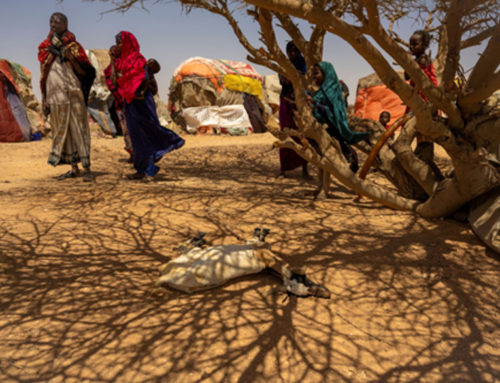
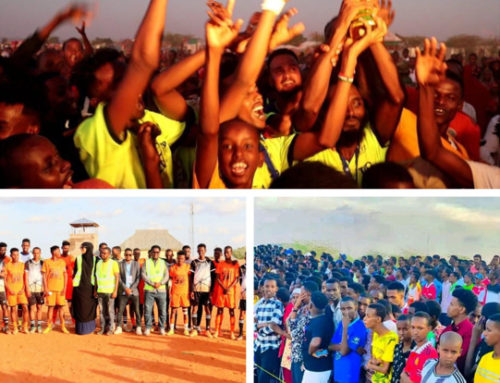
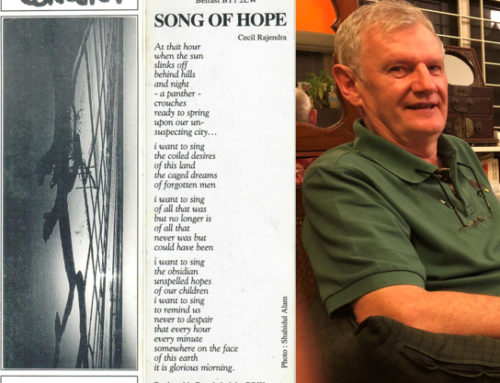
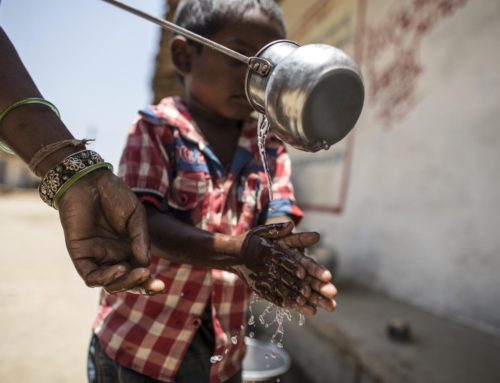
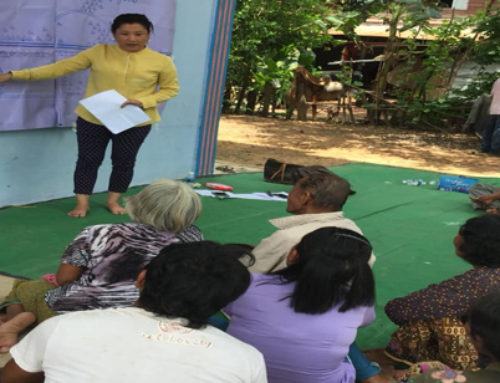
Leave A Comment